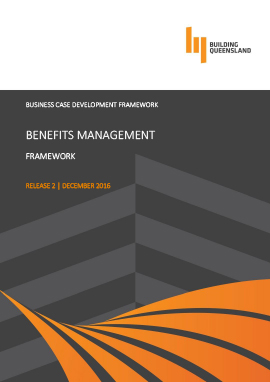Building Queensland has developed a Business Case Development Framework to assist government agencies, government owned corporations and statutory bodies with the development of infrastructure proposals.
The Framework includes templates and guidance to support the development of Strategic, Preliminary and Detailed Business Cases.
The Framework will be periodically refined and enhanced as we continue to engage with stakeholders and respond to changes in international best practice and the economic landscape. Infrastructure proposals being developed by the Queensland Government should follow Release 2 (December 2016) of the Business Case Development Framework.
The Business Case Development Framework includes:
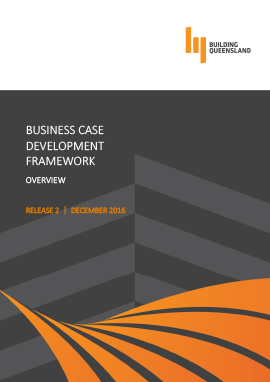 Business Case Development
Business Case DevelopmentFramework Overview
Provides an overview of the Business Case Development Framework including how the framework integrates with other government frameworks, overarching principles, structure, key features and governance arrangements.
 Strategic Business Case —
Strategic Business Case —Template and Guide
Supports decision-making to determine whether further investigation of a problem or opportunity is warranted. An agency, or organisation, should consider developing a Strategic Business Case where they are considering transitioning activities on an initiative from business-as-usual to a project.
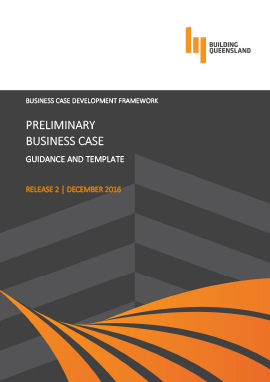 Preliminary Business Case —
Preliminary Business Case —Template and Guide
Supports the identification and assessment of potential options to respond to the identified service need. The development of a Preliminary Business Case aligns to the preliminary evaluation stage of the PAF and is consistent with Stage 3 (Options Assessment) of Infrastructure Australia’s Assessment Framework.
 Detailed Business Case —
Detailed Business Case —Template and Guide
Assists agencies to select the most appropriate response to a service need (problem) or opportunity. It supports a detailed assessment of all components of the project and includes contemporary considerations such as social impact and sustainability assessments.
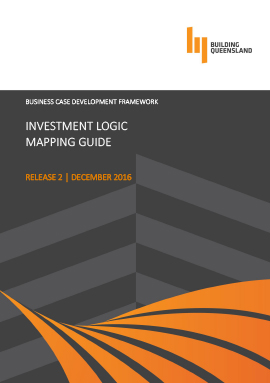 Investment Logic
Investment LogicMapping Guide
Details how to use Investment Logic Mapping to develop a shared understanding and agreement of the service need, benefits sought and potential initiatives.
 Social Impact Evaluation —
Social Impact Evaluation —Supplementary Guidance
Provides a consistent and transparent approach to assessing social impacts and is used in conjunction with the Cost Benefit Analysis Framework. This guide acknowledges potential social benefits and costs and includes a strong stakeholder focus drawing from national and international best practice.
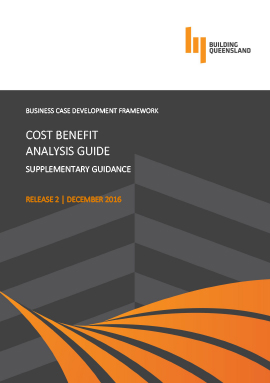 Cost Benefit Analysis —
Cost Benefit Analysis —Supplementary Guidance
Ensures transparency and uniformity as project evaluations are undertaken. Cost Benefit Analysis is a widely used analytical technique applied routinely to investment making. It relies on the evaluation of cost and benefit streams associated with projects, driving consideration of the economic value of such proposals.
